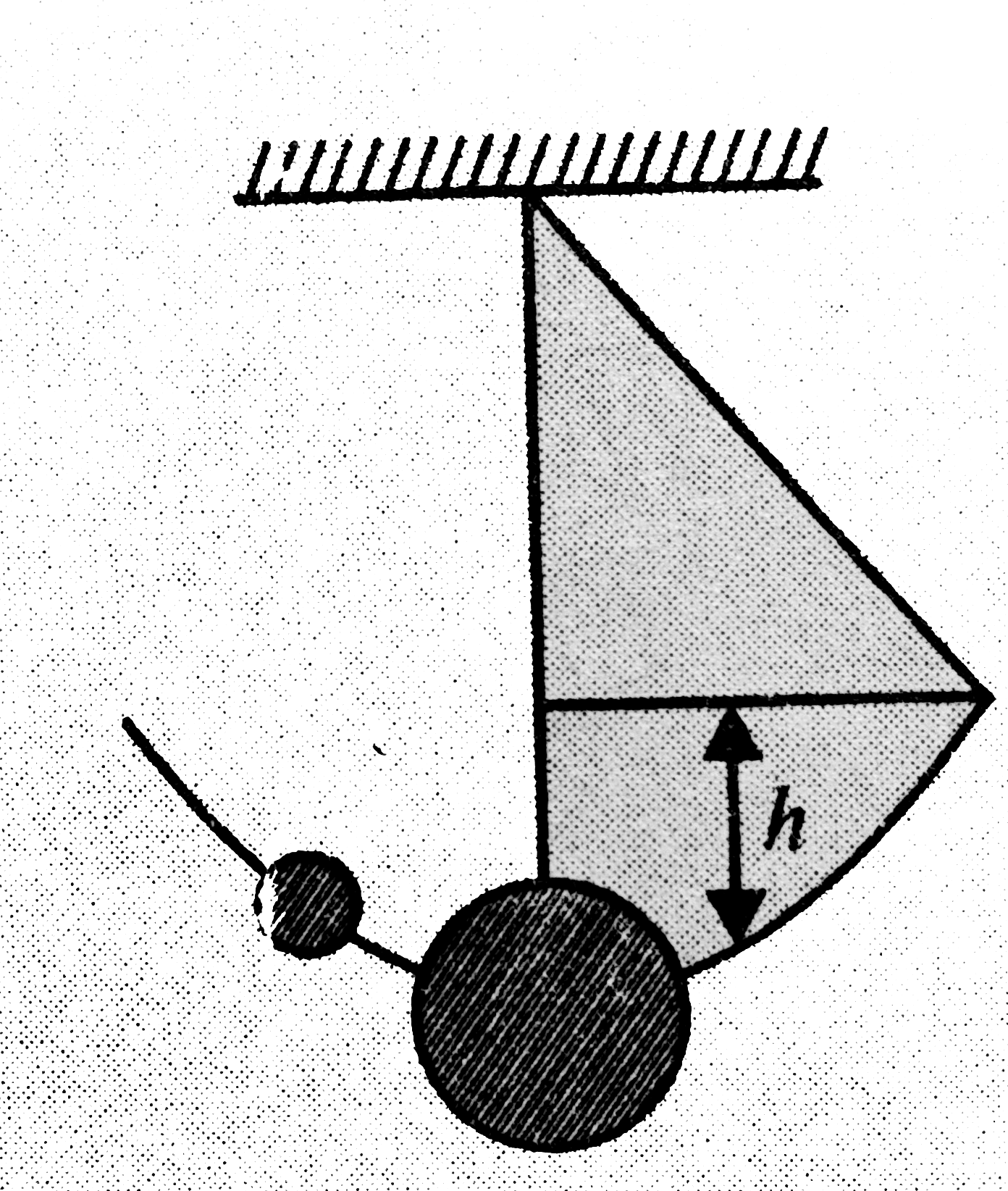The mass to charge ratio (m/e) for a cation 1.5×10−8 kg/C. What is the mass of this cation?
(a) 2.4×10−19 g
(b) 2.4×10−27 g
(c) 2.4×10−24g
(d) None of these
The correct Answer is:C
To solve the problem of finding the mass of the cation given its mass to charge ratio, we can follow these steps:
1. Understand the Given Information:
We are given the mass to charge ratio (me) for a cation, which is 1.5x10−8kgC.
2. Identify the Charge of the Cation:
The charge of a cation can be assumed to be the same as the charge of an electron, which is approximately 1.6x10−19C.
3. Set Up the Equation:
The mass to charge ratio can be expressed as:
\(
\frac{m}{e} = 1.5 \times 10^{-8} \text{ kg/C}
\)
where m is the mass of the cation and e is the charge.
4. Rearranging the Equation:
To find the mass m, we can rearrange the equation:
\(
m = (m/e) \times e
\)
Substituting the known values:
\(
m = (1.5 \times 10^{-8} \text{ kg/C}) \times (1.6 \times 10^{-19} \text{ C})
\)
5. Perform the Calculation:
Now, calculate the mass:
\(
m = 1.5 \times 1.6 \times 10^{-8} \times 10^{-19}
\)
\(
m = 2.4 \times 10^{-27} \text{ kg}
\)
6. Convert the Mass to Grams:
Since the mass is given in kilograms and we need it in grams, we use the conversion factor (1 kg = 1000 g):
\(
m = 2.4 \times 10^{-27} \text{ kg} \times 1000 \text{ g/kg} = 2.4 \times 10^{-24} \text{ g}
\)
7. Final Result:
The mass of the cation is:
\(
2.4 \times 10^{-24} \text{ g}
\)
We are given the mass to charge ratio (me) for a cation, which is 1.5x10−8kgC.
The charge of a cation can be assumed to be the same as the charge of an electron, which is approximately 1.6x10−19C.
The mass to charge ratio can be expressed as:
\(
\frac{m}{e} = 1.5 \times 10^{-8} \text{ kg/C}
\)
where m is the mass of the cation and e is the charge.
To find the mass m, we can rearrange the equation:
\(
m = (m/e) \times e
\)
Substituting the known values:
\(
m = (1.5 \times 10^{-8} \text{ kg/C}) \times (1.6 \times 10^{-19} \text{ C})
\)
Now, calculate the mass:
\(
m = 1.5 \times 1.6 \times 10^{-8} \times 10^{-19}
\)
\(
m = 2.4 \times 10^{-27} \text{ kg}
\)
Since the mass is given in kilograms and we need it in grams, we use the conversion factor (1 kg = 1000 g):
\(
m = 2.4 \times 10^{-27} \text{ kg} \times 1000 \text{ g/kg} = 2.4 \times 10^{-24} \text{ g}
\)
The mass of the cation is:
\(
2.4 \times 10^{-24} \text{ g}
\)
Topper's Solved these Questions
- ATOMIC STUCTUREBook:NARENDRA AWASTHI ENGLISHChapter:ATOMIC STUCTUREExercise:level 2
Explore 30 Videos
- ATOMIC STUCTUREBook:NARENDRA AWASTHI ENGLISHChapter:ATOMIC STUCTUREExercise:Level 3 (Passage 1)
Explore 3 Videos
- CHEMICAL EQUILIBRIUMBook:NARENDRA AWASTHI ENGLISHChapter:CHEMICAL EQUILIBRIUMExercise:Match the column
Explore 1 Video
Similar Questions
Knowledge Check
The electric field that can balance a charged particle of mass 3.2×10−27kg is (Given that the charge on the particle is 1.6×10−19C)
A19.6×10−8NC−1B20×10−6NC−1C19.6×108NC−1D20×106NC−1
1.The definition of one atomic mass unit and its value is
(a) 112th the mass of an atom of oxygen-16, 1amu=1.6×10−19Kg
(b) 116th the mass of an atom of carbon-12,1amu = 9.1×10−31Kg
(c) 112th the mass of an atom of carbon-12,1amu = 1.66×10−27Kg
(d) The mass of helium nucleus, 1amu=3.2×10−27Kg
View SolutionThe mass of sunis 2.0×1030kg and its radius is 7.0×108m. Find the mass density?
View SolutionFind the centre of mass of the CO molecule. .Given that the atoms are 1.13×10−10 m apart and the ratio of the masses of the two atoms m0/mc=1.33
View SolutionThe mass of a block made of certain material is 13.5 kg and its volume is 15×10−3m3.
What will be the upthrust on block while floating?
Take density of water = 1000kg m−3
View SolutionA vessel of volume 2×10−2m3 contains a mixture of hydrogen and helium at 47∘C temperature and 4.15×105N/m2 Pressure. The mass of the mixture is 10−2kg. Calculate the masses of hydrogen and helium in the given mixture.
View SolutionA vessel of volume 2×10−2m3 contains a mixture of hydrogen at 47∘C temperature and 4.15×105N/m2 Pressure. The mass of the mixture is 10−2kg. Calculate the masses of hydrogen and helium in the given mixture.
View SolutionA pendulum bob of mass 10−2kg is raised to a height 5×10−2 m and then released. At the bottom of its swing, it picks up a mass 10−3kg. To what height will the combined mass rise?

View Solution